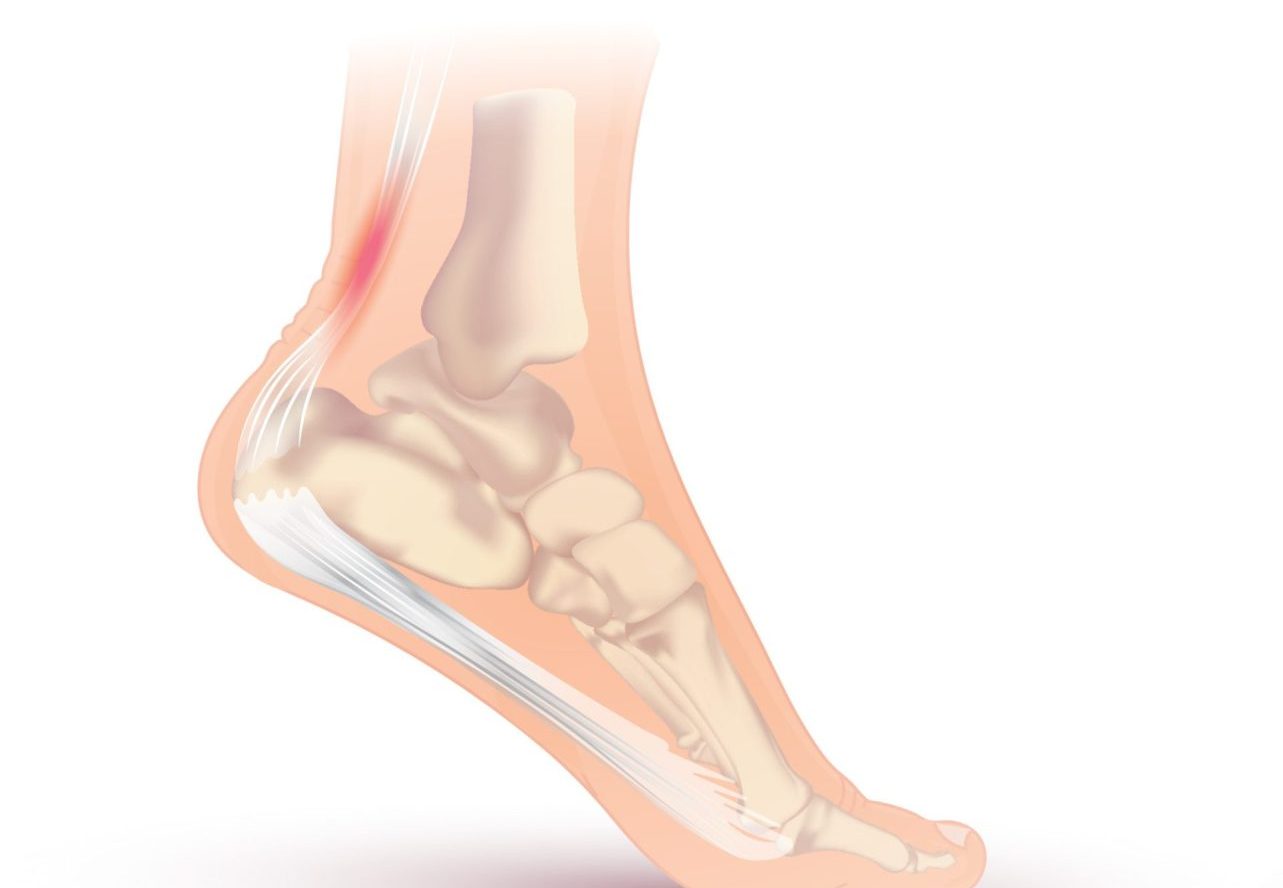Sever’s disease, also known as calcaneal apophysitis, is a condition that affects children and adolescents, particularly those involved in sports activities. It occurs when the growth plate in the heel bone (calcaneus) becomes inflamed due to repetitive stress or tension on the Achilles tendon. Sever’s disease typically occurs during periods of rapid growth and can cause heel pain and discomfort.
Managing Sever’s disease involves a comprehensive approach to reduce pain, promote healing, and address any contributing factors. Physiotherapy plays a crucial role in the treatment process, helping children and adolescents recover from Sever’s disease and regain optimal function.
The treatment of Sever’s disease typically involves following the 5 stages of rehab:
- Pain management: The initial focus is on managing pain and reducing inflammation in the affected heel. Physiotherapists may use techniques such as manual therapy, soft tissue mobilization, and modalities including ice therapy to alleviate pain and swelling. They may also recommend the use of orthotics or supportive footwear to provide additional cushioning and support to the heel.
- Range of motion: Once pain and inflammation are under control, the emphasis shifts to maintaining and improving range of motion in the ankle and foot. Physiotherapists prescribe gentle stretching and range of motion exercises to improve flexibility and prevent stiffness. These exercises aim to maintain mobility and promote optimal movement patterns.
- Motor control: This stage focuses on improving motor control and addressing any contributing factors to Sever’s disease, such as muscle imbalances or abnormal foot mechanics. Physiotherapists prescribe specific exercises that target the lower leg muscles, as well as the hip and core stabilizers. These exercises aim to improve muscle activation, balance, and coordination, promoting optimal movement patterns and reducing the risk of re-injury.
- Strengthening: Strengthening the lower leg and foot muscles is crucial for promoting healing and preventing future occurrences of Sever’s disease. Range Physiotherapists will design a personalized exercise program that targets the muscles involved in supporting the foot and ankle. These exercises may include calf raises, toe curls, and progressive resistance training to gradually build strength and endurance.
- Maintenance and prevention: The final stage focuses on maintaining the gains achieved through rehabilitation and implementing strategies to prevent future occurrences of Sever’s disease. Range Physiotherapists will provide guidance on appropriate warm-up and cool-down exercises, stretching routines, and proper footwear selection. They may also educate children and adolescents on gradually increasing activity levels, incorporating cross-training activities, and making any necessary modifications to sports or physical activities to minimize the risk of re-injury.
In addition to physiotherapy, other treatment options for Sever’s disease may include the use of nonsteroidal anti-inflammatory drugs (NSAIDs) to manage pain and inflammation, as well as the implementation of activity modifications to reduce stress on the heel.
It is important to work closely with a qualified physiotherapist who specializes in treating Sever’s disease. Range Physiotherapists will assess the child’s condition, develop a tailored treatment plan based on the stages of rehab, and monitor progress throughout the rehabilitation process. With proper treatment, exercises, and adherence to preventive strategies, children and adolescents with Sever’s disease can experience a successful recovery, improved function, and a reduced risk of future occurrences.
For more information regarding Sever’s disease please see:
https://www.betterhealth.vic.gov.au/health/conditionsandtreatments/severs-disease


